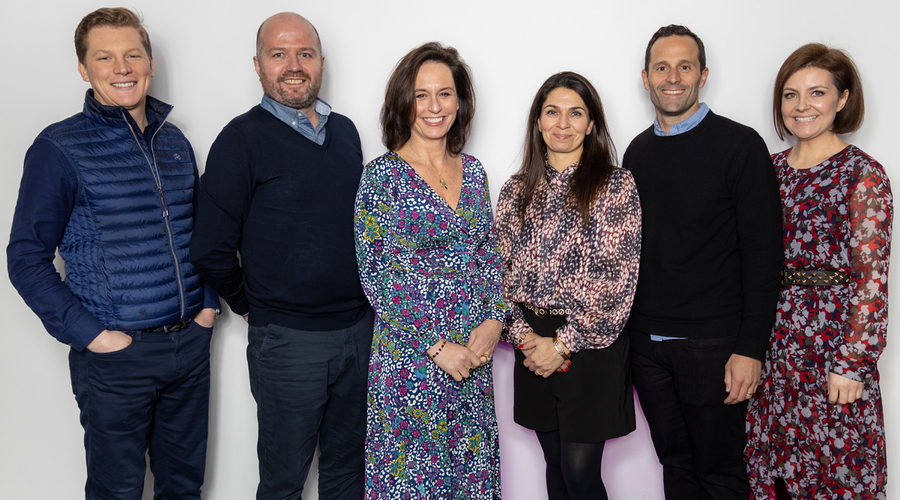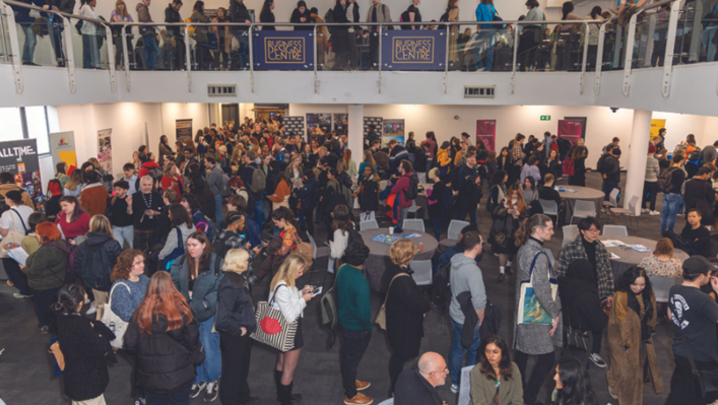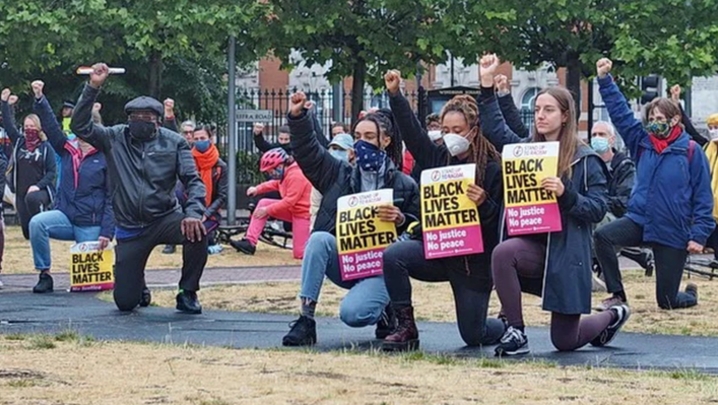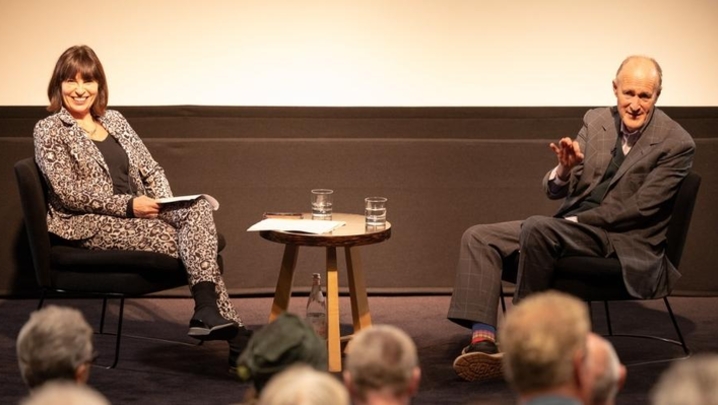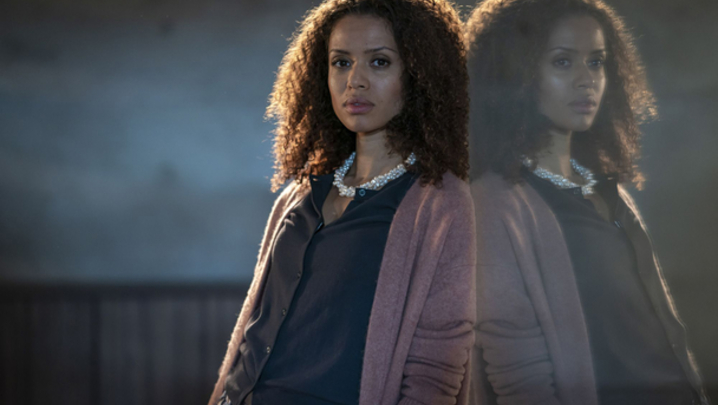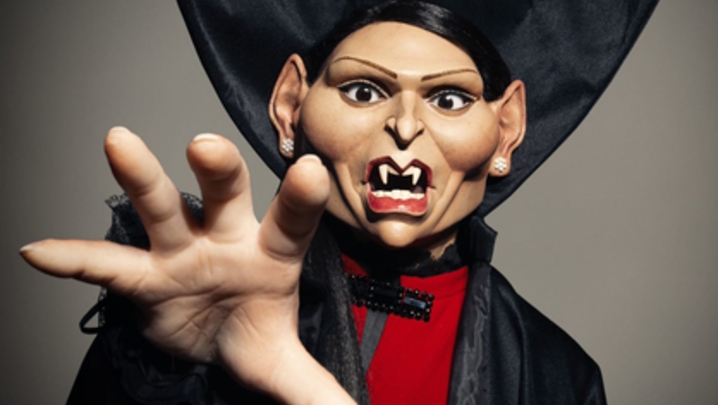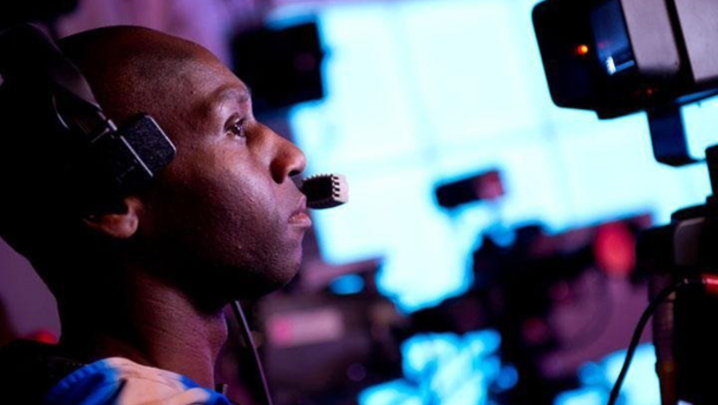There is mounting evidence that brand-funded content is finally about to emerge as a force in British TV. An RTS panel explains why.
Brand-funded content has long been the goal of TV’s money-makers; but, although much-promised, it has been frustratingly slow to emerge. The brands, too, are keen to promote their goods and services on TV, where audiences tend to be large and highly engaged. But, if the expert panel assembled for a sold-out RTS national event in mid-January is correct, brand-funded TV is finally going to take off.
Research on the effectiveness of branded entertainment is thin on the ground. However, a Channel 4 study in 2020 found that it can boost brand perceptions by 29% compared with a traditional spot advertisement and that 44% of viewers feel more positive about a brand after seeing it in a programme.
Introducing the RTS event, the chair, Sam Glynne, head of EMEA, entertainment and culture marketing at the United Talent Agency, explained the many forms that branded entertainment can take. She said: “It can be an original piece of intellectual property (IP); it can be Dulux [sponsoring the Channel 4 revival of] Changing Rooms, an old piece of IP that’s much loved and cherished; it can be a segment of branded content within a bigger piece; it can be a product placement thing that explodes into a bigger piece of content; [or] a co-marketing campaign around a piece of content where the brand is never in the show.”
Glynne added: “There are lots of creative and compliance challenges – the UK broadcasting industry is one of the strictest in the world in terms of compliance. [But] if we can get it right here, then you can get it right anywhere else.”
Richard Wilson, CEO of creative production and marketing solutions company Clickon, identified one route. He said that brands were taking the lead and becoming publishers of their own content: “Brands are realising they can create their own content; long-form, short-form… cut up into lots of different formats.… we’re seeing more brands building in-house studios to try to create content with the frequency they need to create relationships with their customers.”
Wilson added that “honest storytelling” was the key to creating effective branded content.
This point was picked up and expanded on by Adam Puchalsky, global head of content at media agency Wavemaker, who had flown in from New York to attend the RTS event.
There is a ton of stories,” he said. “With the right partnership, the right story, the right distribution mechanism, there’s no reason why amazing entertainment can’t be produced from every single brand.”
Puchalsky said that “a story doesn’t necessarily need to involve the brand”. As an example, Puchalsky showed a clip from Thick Skin, a four-part AMC Networks documentary series that follows women trying to de-stigmatise obesity. This was funded by a pharmaceutical company that has developed an anti-obesity drug.
He added: “We felt it was an opportunity for a story to be told without the brand being involved, because the more people are comfortable talking about their weight… the more likely they are to ask a doctor and talk to their family about a potential solution.”
Branded content can work for charities, too, said Helle Jabiri Falck, founder and Chief Operating Officer of Biites, a Danish-based specialist streaming platform for branded entertainment.
“Are you touched? Do you emotionally engage with the charity’s content? If you do, the likelihood is that you donate right after seeing a very emotional movie or documentary,” she said.
Branded content should be distributed across all possible platforms, said the panel. “The expectation is that it’s not just a TV show,” said David Granger, content director of Cinch, an online marketplace for used cars. “As a brand… you want your consumers to consume content in [different] formats, whether it be linear or non-linear, such as [Instagram] Reels or TikTok.”
Broadcasters have their own take. “We work with multiple partners on a deal because everyone has their own specialisms,” said Katherine Marlow, Channel 4’s senior linear branded entertainment lead. “At the same time, [content] still needs to feel cohesive: [you need to] constantly think of the audience first, whether you are a brand or [Channel 4]. What does that audience want and how best can you deliver that?”
Wilson sounded a warning, however, about the risks of unsubtle product placement. “If Netflix went down a heavy-handed [promotion] of Perrier and Heineken the way the Bond movies have done, I think their subscriber bases would start dropping at a frightening rate,” he said.
Glynne, though, was unconvinced. “I’m not sure. I think there’s a generation of viewers who are so used to seeing digital and social content that they understand the economies of the brand financing content, and it becomes less and less offensive,” she suggested. “Nobody wants something that feels uncomfortable – the brand doesn’t want it, the platform doesn’t want it, the producer doesn’t want it.
“We need something organically interwoven into the IP but, sometimes, it suits the content to be quite blatant and in your face. In Bond films, we expect that Aston Martin badge to linger.”
“In terms of funding the content,” said Marlow, “we, as a UK broadcaster, are regulated by Ofcom and need to ensure we are making it really clear to viewers that a brand is involved. The biggest amount of value that we give away is the sponsorship of the programme itself.”
She continued: “You can have an alcohol brand funding a programme… or series, but, because alcohol cannot appear within it, it would have to be a zero-alcohol variant if we wanted to integrate [the product].”
From the floor, John Nolan – a widely acknowledged expert in the field of branded content, who used to make hundreds of hours of such material in a previous role at North One Television – played devil’s advocate. He asked: “I’m not short of my choice of watching…. Indeed, I’ve got a backlog of series I’ve been told I have to watch, so do we need clients funding content?”
“Eventually,” replied Puchalsky. “How else will we fund it? At some point, it’s going to be required…. What we need, though, is clients brave enough to realise that you don’t have to force the message of the brand into the content, but actually to figure out an interesting way [of airing] the message surrounding the content.
The goal, joked Glynne, would be a Cannes Cannes: “It’s not a dance but a double award-winning process, whereby the ultimate holy grail for branded entertainment is – can it be at the Cannes Film Festival and win and then go to Cannes Lions [the International Festival of Creativity ad fest] and win?”
Report by Matthew Bell. The RTS national event ‘Brand-funded entertainment: Is this the next generation of TV?’ was held at the Cavendish Conference Centre in central London on 18 January, and produced by Victoria Fairclough.

